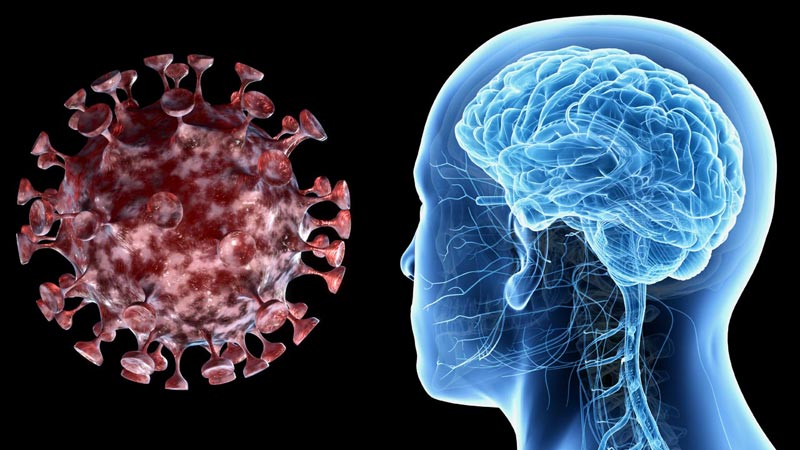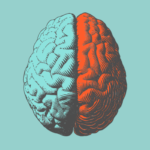A new paper released online in the peer-reviewed journal Radiology provides one of the most comprehensive analyses of neurological manifestations among patients with SARS-CoV-2 thus far.
In the study, conducted by researchers at the University of Cincinnati, the clinical complaints of neurological symptoms, in conjunction with brain imaging scans, were investigated among 725 infected Italian patients. The patients were associated with three institutions: the University of Brescia, Brescia, the University of Eastern Piedmont, Novara, and the University of Sassari, Sassari.
The neuroimaging examinations, which included brain and spine imaging, were taken during the time of diagnosis with infection, between late-February through early-April. Electronic medical records were also reviewed.
“Out of these, 108 (15%) met the eligibility criteria,” according to the findings. “Of the 108 patients, 107 (99%) were examined with non-contrast brain CT, 17 (16%) head and neck CT angiography (CTA) and 20 (18%) brain MRI.”
“Of these, 10 (50%) patients had brain MRI with and without IV contrast, 10 (50%) patients had head and neck MRA and 3 patients had additional MRI of the whole spine for evaluation of lower extremity weakness,” the findings added.
The majority of patients, or 59 percent, reported an altered mental state, while 31 percent said they experienced a stroke. A small portion of the patients exhibited other neurological symptoms, like headaches, seizures, and dizziness.


